Mechanics of motion in traditional 2D animation
In this course, we’ll learn how to animate action scenes by designing engaging animated characters, refining animation effects, and creating dynamic shots that showcase a character in motion.
![Mechanics of motion in [hl]traditional[/hl] 2D animation](https://animationclub.school/wp-content/uploads/2024/12/traditional-2d-animation_course_2_vnytri.gif)
About the course
In this second-level course, we’ll build on the animating action basics by exploring character motion mechanics. You’ll learn how to guide a character's movement through space and create exciting, dynamic action scenes, such as chases or battles. Together, we'll focus on conveying weight and the importance of animated character design, including expressive positions that bring your characters to life. The course is structured around practical tasks, ensuring that you gain comprehensive, hands-on experience with each step along the way.”
After the course
Upon completing this course, students will be well on their way to becoming semi-professional animators. They’ll have the skills to work confidently with characters and be ready to continue their journey in mastering animation throught the Acting Course, the final course in this beginner series . Graduates will also have the opportunity to create impressive demo reels featuring finished battle scenes and a variety of dynamic character movements, giving them the tools they need to pursue job opportunities in 2D animation studios.

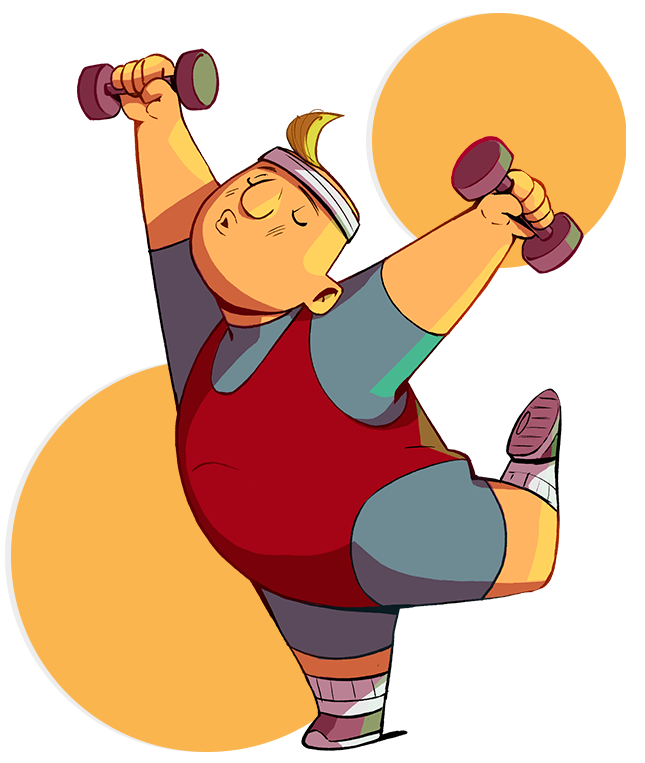
The course is suitable if you:
-
Decided to become a 2D animator and go to your goal
You get a creative profession, you value your time, which you are ready to spend on self-development and improving your skills. You are looking for an experienced and practicing mentor who will help you pump up your skills in body mechanics.
-
An ambitious indie studio
You aim to enhance both the quality and efficiency of your employees' work, achieve higher production levels, gain a deeper understanding of software and its potential, and infuse fresh energy into your projects with innovative ideas.
-
Graduate of the course "Traditional 2D animation. Course 1 — Basics"
Know how to apply the 12 basic principles of animation in practice, good at drawing and ready to move on.
![The course is [hl]suitable[/hl] if you:](https://animationclub.school/wp-content/uploads/2023/07/kartinka-554h542-fkbcf.png)
Сurriculum
First month
4 lessons
- Walk. Teach the character to walk.
- Character design. Continue to animate the gait.
- Posing. Continue to animate the gait.
- Model sheet. Sketching for a dynamic shot.
-
4 weeks (please, make sure to have 6+ hours per week for homework)
-
Learn to animate one of the most difficult assignments in the course - a character's cyclic gait. With this assignment you will understand how and why a person moves. How to track design and how important it is to understand character design.

Second month
4 lessons
- Dynamic shot.
- Storyboard and angles. We work out the character’s movement, draw the keys.
- Perspective. How to use the perspective.
- Layout. Character drawing.
-
4 weeks (please, make sure to have 6+ hours per week for homework)
-
Learn how to work on a complex and spectacular scene. Understand the principles of movement in perspective, as well as working with references. This will be one of the most important works in your portfolio.
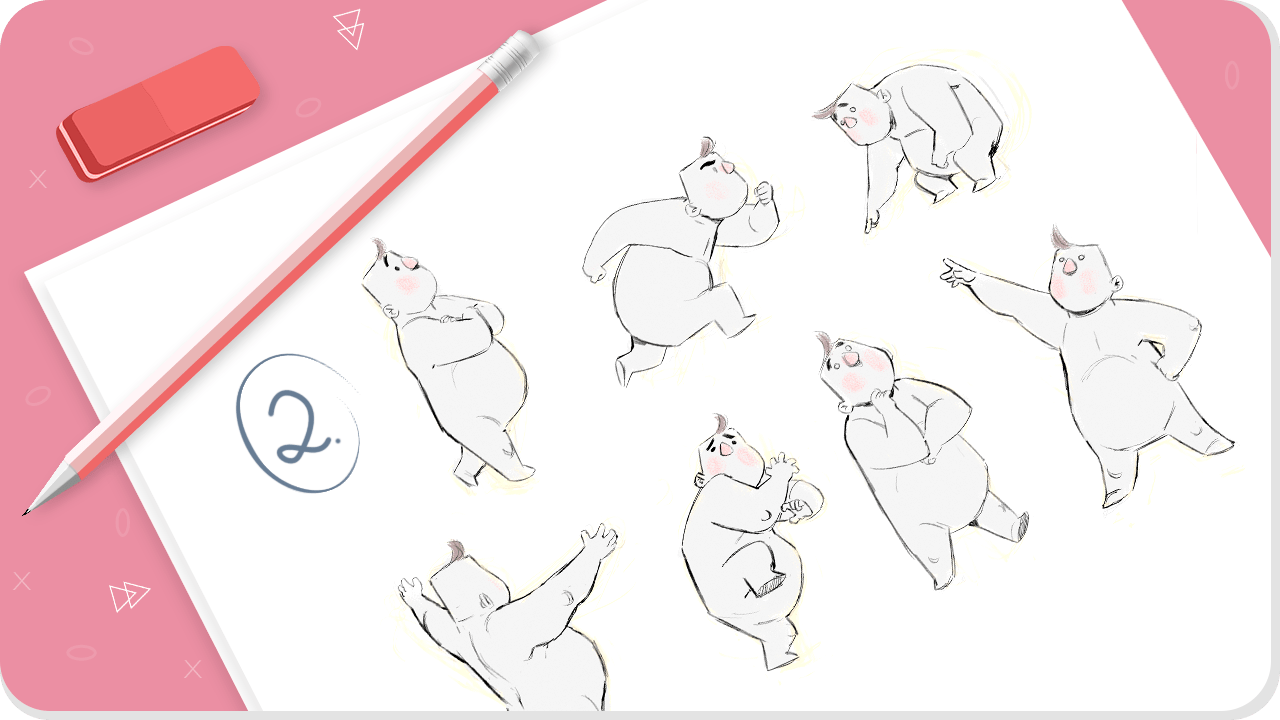
Third month
3 lessons
- Weight lifting. We add overlaps and polish the character’s arcs in motion.
- Rhythm. We trace the arches and transfer the design. Create a believable weight lifting scene that teaches you how to work with the world around your character
- Preparing a demo reel.
-
4 weeks (please, make sure to have 6+ hours per week for homework)
-
Create shots for your portfolio, learn how to work with rhythm in animation and maintain mass proportions in motion.

You will learn
Student
Reviews
«Traditional 2D animation. Course 2 — Body Mechanics» course
The course is definitely awesome!

Elina Kristalnaya
Graduate of the course traditional 2D animation
I'm happy with the course, I'm going to the next level)
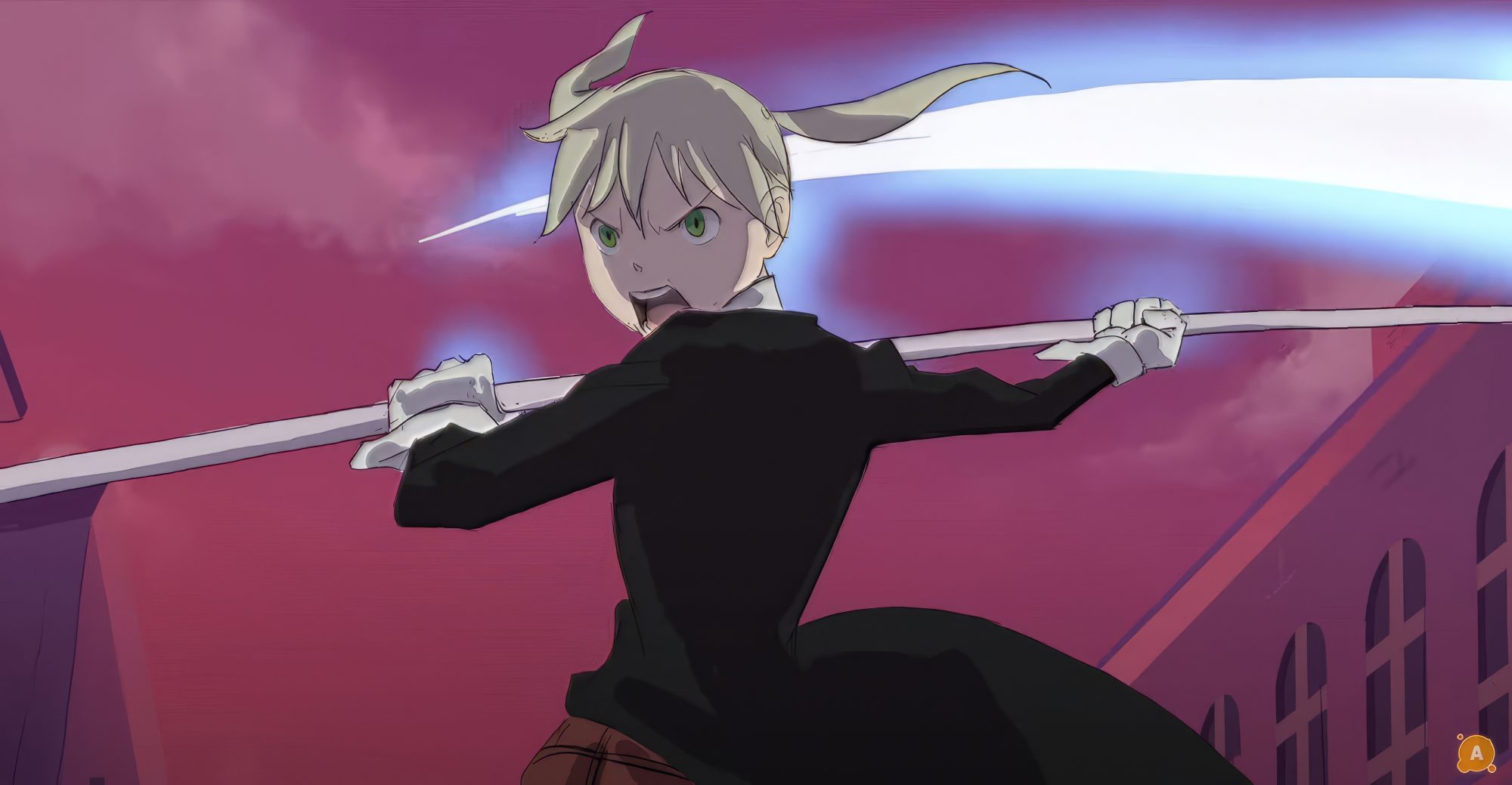
Anastasia Azyamova
Completed grades 1 and 2 of the course “Traditional 2D Animation”
Anastasia's works can be seen in the videoI have never experienced such freedom in creativity.
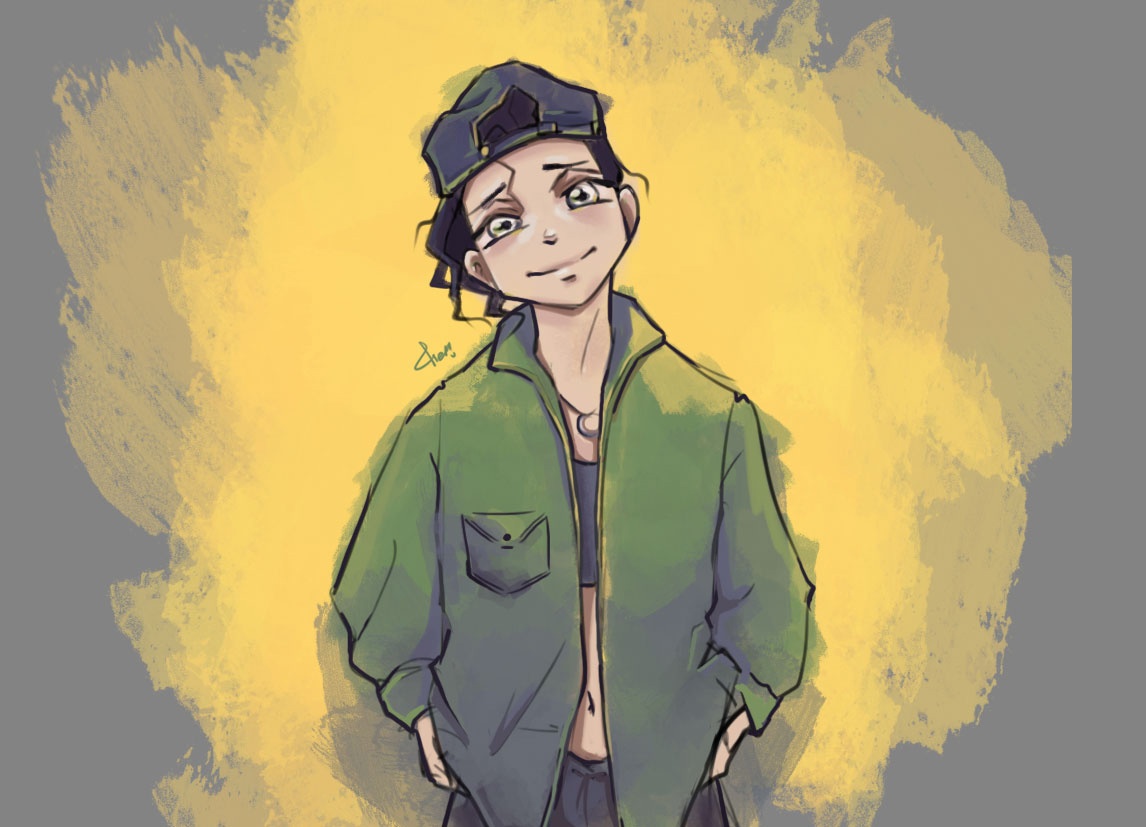
Harry Talkhin
Studied all courses in traditional 2D animation
Helped me land a couple of cool projects! Highly recommend ❤️

Monica Marinho
Graduate of the course traditional 2D animation
Really interesting and useful tasks

Milena Chistyakova
Continues training in traditional 2D animation
How will the training go?

Recorded lectures and homework on the learning platform
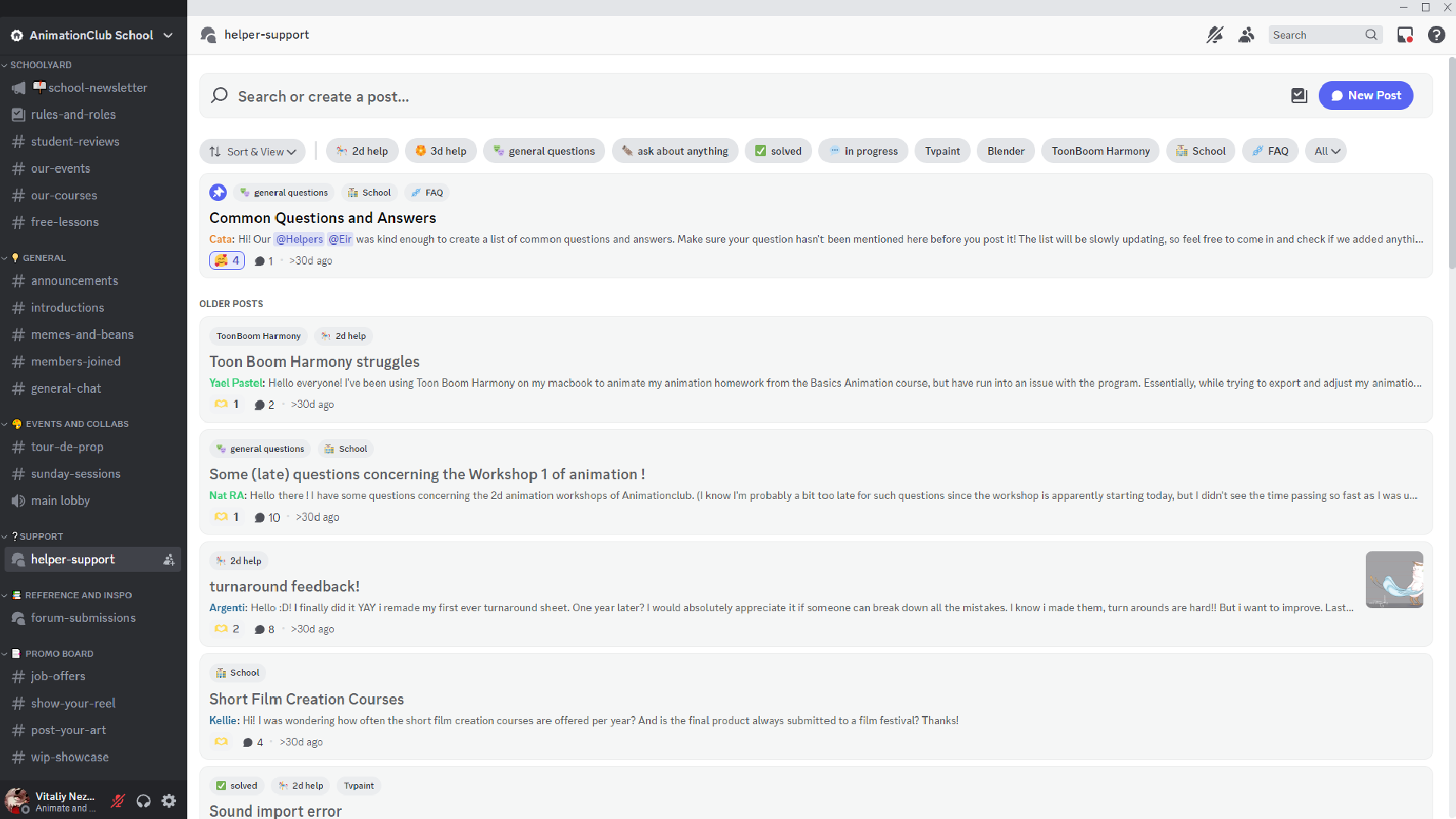
In the Discord chat room you can discuss any questions and get advice
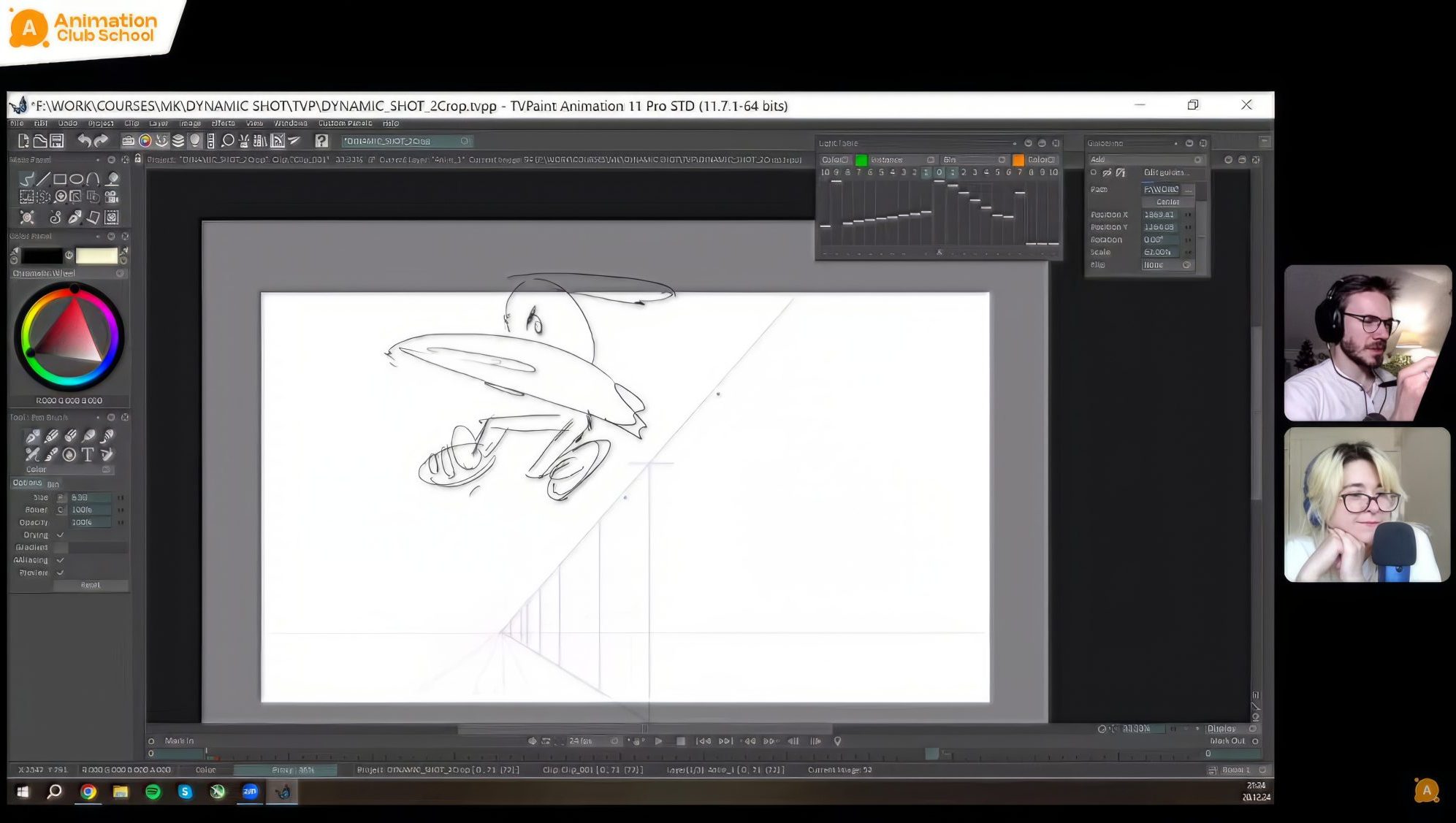
Each week there will be online meetings with the mentor and the group, where you will get detailed feedback.
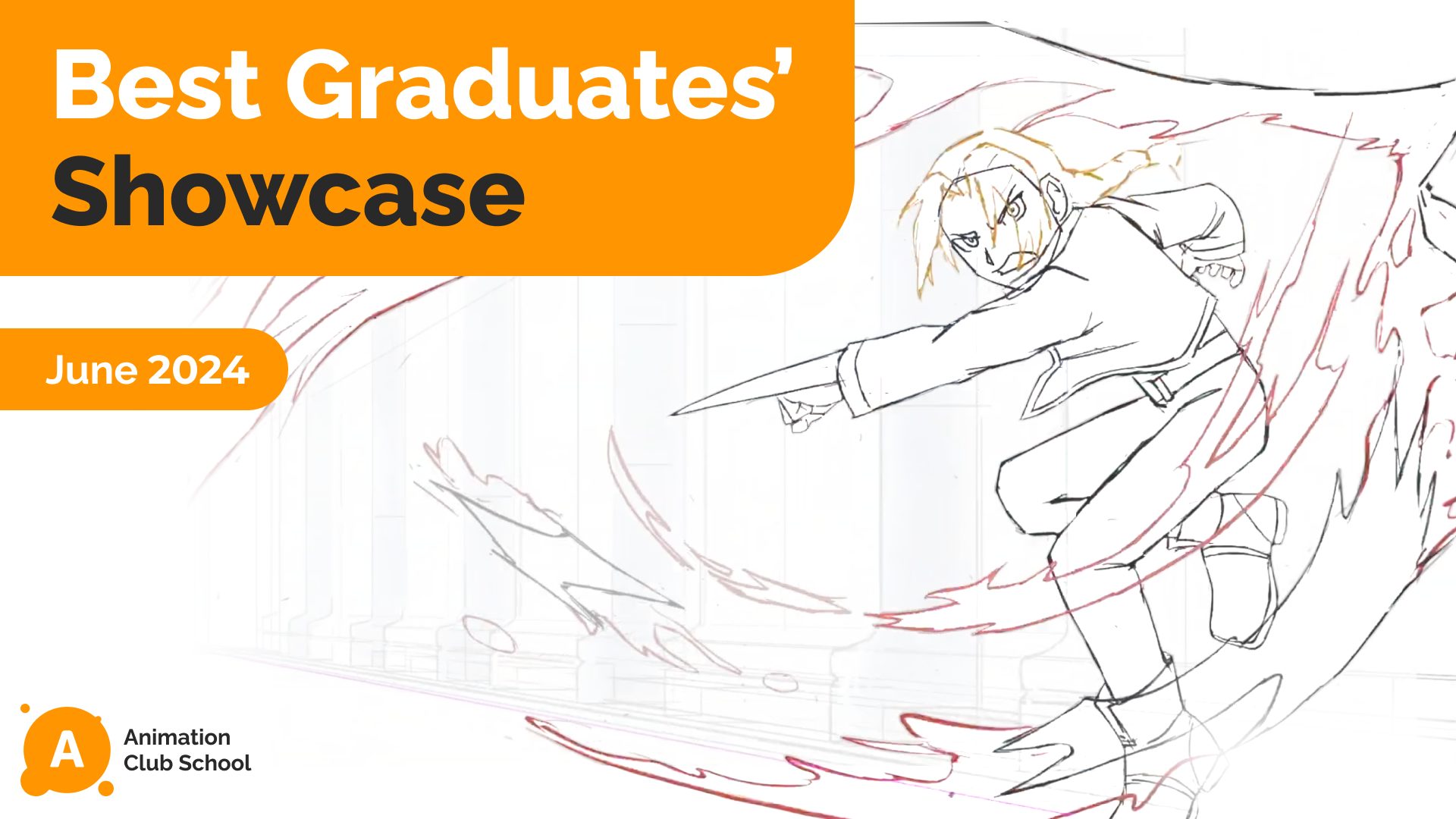
From the completed assignments you'll have a cool portfolio

And at the end of the course you'll receive a personalized certificate and be ready to move on with your life
What software is needed for the course?

TVPaint
or any other animation software

Drawing tablet
for drawing

Zoom
to keep up with everything

Discord
to keep up with everything
Your resume after a full course of study


![Mechanics of motion in [hl]traditional[/hl] 2D animation](https://animationclub.school/wp-content/uploads/2024/12/traditional-2d-animation_course_2_vnytri.gif)
Mechanics of motion in traditional 2D animation
Course fee
415€/month (excl. VAT)
Start
June 17, 2025
Spots left
2 spots
Frequently asked
questions
about the course
What to Expect from the AnimationClub School Courses?
In our courses, you’ll build both the knowledge and the confidence you need to succeed in animation. We’ll help you develop the skills that are essential for a professional career in the industry. By the end, you’ll have a demo reel that reflects your growth and showcases your abilities to potential employers.
How Are the Online Animation Lessons Structured?
It’s straightforward: it is a hybrid class with a mixture of recorded videos and live mentor feedback. First, we introduce you to the theory, then you get to put it into practice. Each online animation lesson is filled with video instructions, helpful visual examples, and assignments that you can work on at your own pace. You’ll have the freedom to take your time, but there is a deadline to recieve mentor feedback. So, remember to submit your work on time to get the thoughtful insights from your instructor during the live interactive mentor feedback classes. The course is designed to fit your life, so you can study from anywhere, using just your tablet or computer. Whatever your path, we’re here to help you grow and succeed, step by step.
What Time Do the Animation Classes Take Place?
The schedule will be shared with you a week before the animation class begins, but rest assured, classes are typically held no earlier than 17:00 UTC, most often on weekdays. Life can be busy, and if you can’t attend a class on a certain day, that’s okay. You’ll always have the option to watch the recording at your convenience, so you never have to miss out on the learning experience
If you're unsure whether your timezone is compatible for effective learning, please feel free to reach out to us on WhatsApp
At What Age is it Possible to Take Animation Club School Courses?
We generally accept students starting at age 16, as the course is intensive and requires a certain level of focus and understanding for completion. However, if you're passionate and dedicated, we’re open to considering students as young as 14 on an individual basis. We take into account your potential and the quality of your work, believing in your ability to rise to the challenge and succeed in the world of animation.
For anyone under the age of 18, please have your caregiver or guardian submit a portfolio on your behalf to AnimationClub.school@gmail.com or contact through WhatsApp for more information.
When Do You Need to Pay for the Animation Course? Is it Better to Pay in Advance or Wait Until the Start Day?
To secure your place in the online animation course, simply pay for the first month or the entire course upfront. Because we limit the number of students in each group, it’s important to act quickly, especially as the start of the course approaches—there are usually only a few spots left as enrollment closes early due to high demand.
We also encourage you to make your payment in advance, giving you peace of mind and allowing enough time for processing. This way, you can focus on the exciting journey ahead without any last-minute stress.
I Paid for an Animation Course, What Should I Do Next?
A week before the animation course begins, you’ll be invited to the study group, where you'll find all the essential information about the learning process. The course materials on the training platform will become available on the first day of the course. All the links will be sent to your specified email, but sometimes they can end up in your 'spam' or 'promotions' folder. We recommend checking those just in case, so you don’t miss anything important. If you have not received your starting instructions by then please reach out to use. We’re here to ensure you have everything you need to start strong!
What Should I Install and Prepare Before Starting Our Animation Course?
A week before your training begins, you'll receive emails with all the preparation details. The first step is to install Discord, where your study group will be waiting for you. Your supervisor or teacher, who will add you to the group ahead of time, will guide you through the training programs and what to expect.
To make the most of your classes, you’ll need a computer or laptop, a headset, and a webcam (the webcam is optional but recommended). Classes will take place on Zoom, so be sure to install Zoom before your classes start to make it easier to attend classes on time.
When it comes to animation software, TVPaint are industry standards, used by most professional studios. Becoming familiar with these tools will definitely give you an edge if you’re serious about breaking into the animation world. However, don’t worry if they’re out of your budget right now! You can still get started with accessible programs like Rough Animator or OpenToonz. These are fantastic tools that provide everything you need to dive into our courses. As long as you can export your work as MP4 or Image Sequence files, you’ll be able to get valuable feedback on your progress.
And when it comes to drawing in these programs, a tablet is far more effective than a mouse. There are plenty of great options available from trusted brands like Wacom, Huion, and XP-Pen. Any of these will work perfectly with the software we use, setting you up for success in your animation journey.
Why Is Your Animation Courses More Effective Than Self-Study?
Well, we’ve gathered everything you need to learn animation in one place, so you don’t have to spend time searching for lessons or resources else where. Giving you the structure to create amazing animation while still being able to use your creativity. You’ll have a clear path ahead of you, every step of the way. And most importantly, you’re never alone. If you have questions or run into challenges, you can always reach out to the instructor for professional guidance. We’re here to help you, support you, and make sure you’re never stuck.
Our course is thoughtfully structured to guide you, from the basics to the more complex animations, so you can move forward with confidence—without feeling overwhelmed or confused.
What Makes Our School Stand Out Compared to Traditional Animation Universities, Schooling, or Programs?
Our courses are led by industry professionals who know exactly what today’s animation world demands. We equip you with practical skills that let you start animating from the very first lesson. Forget spending years on theory—our approach helps you gain hands-on experience right away. With a flexible schedule, you learn at your own pace, fitting your studies into your life. It’s all about making your animation dreams a reality on your terms.
Will I receive a certificate upon completion of Animation Courses?
Upon successfully completing all Animation course requirements, you'll receive an electronic certificate to celebrate your achievement. While this certificate is not a state certified diploma, we place greater value on the portfolio work you’ll build throughout the courses. In the animation industry, your portfolio is your most powerful tool, showcasing your skills and creativity in a way that truly speaks to your potential.




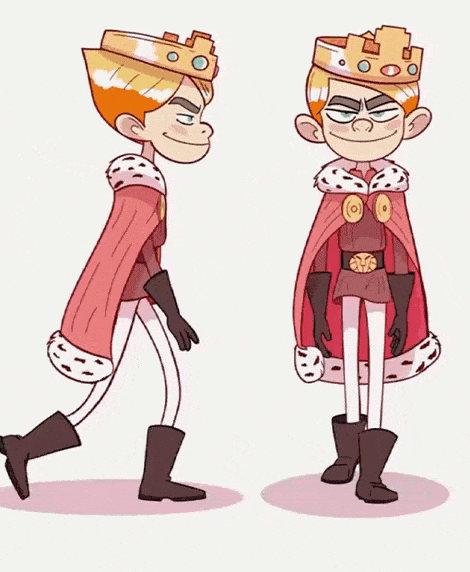
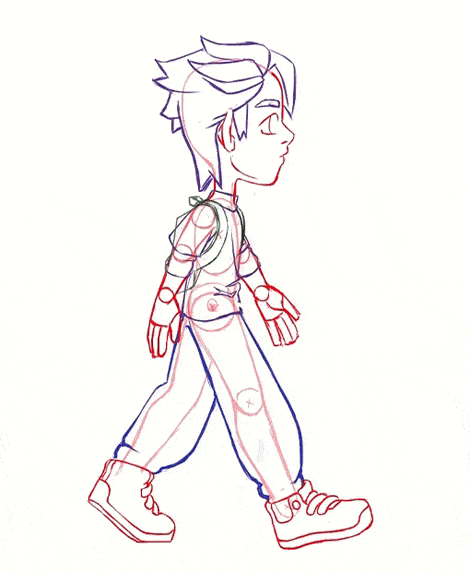



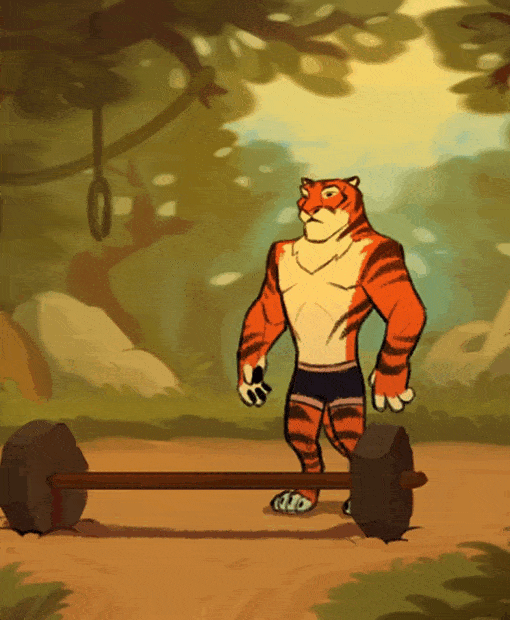
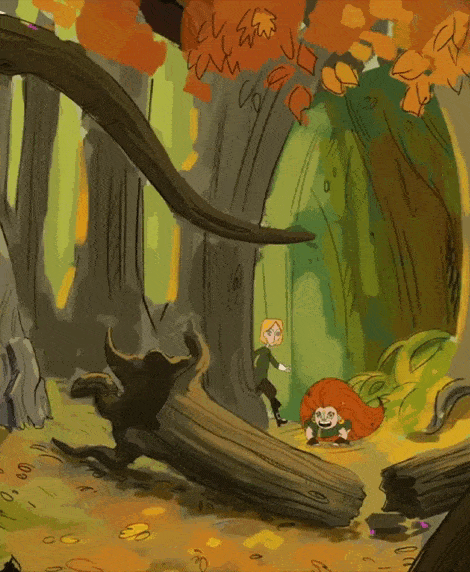

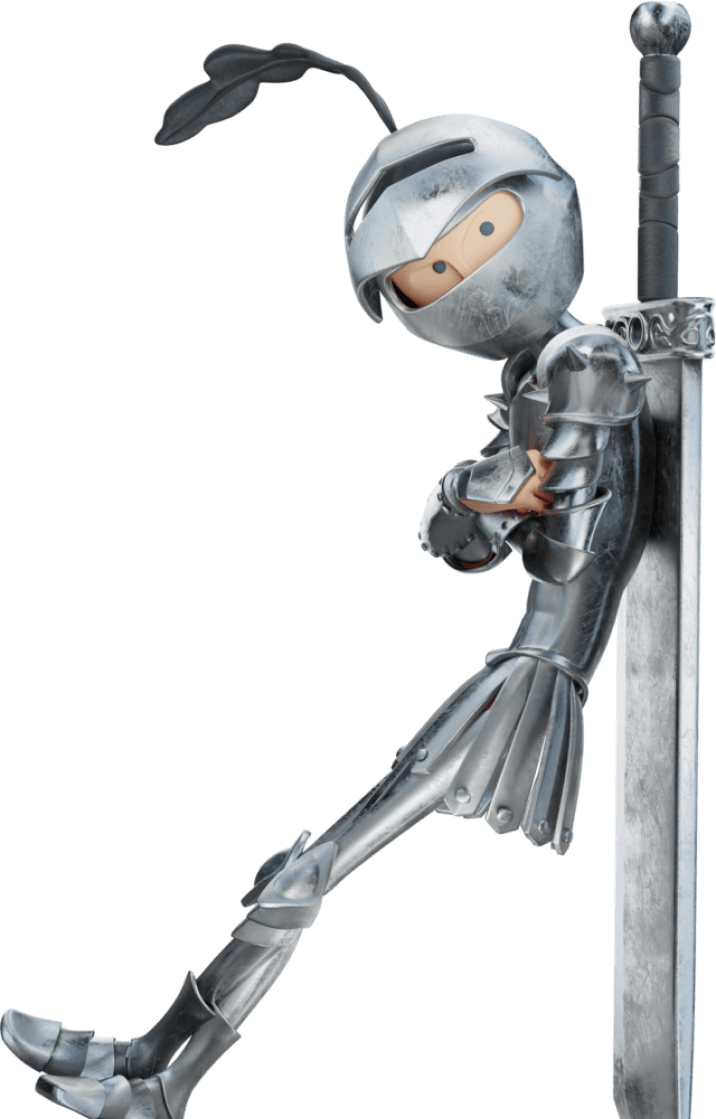
![Learn [hl]more
about the course[/hl]](https://animationclub.school/wp-content/uploads/2023/12/edward_priglahenie.jpg)